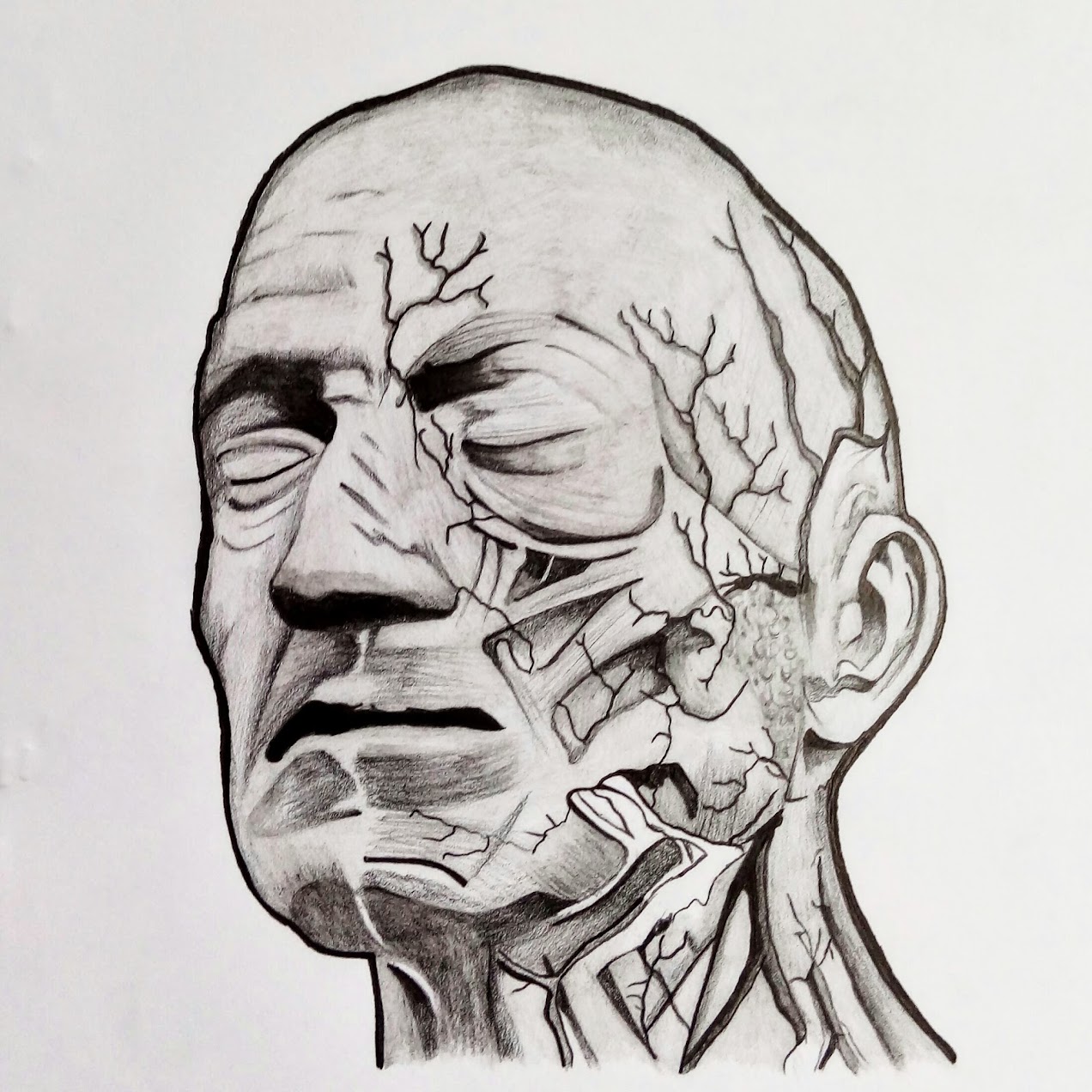The drawing of head arteries and nerves is a remarkable representation of the intricate network that sustains and regulates the human brain and facial structures. With meticulous attention to detail, this visual illustration unveils the complexity of the circulatory and nervous systems within the head, providing valuable insights for medical professionals, students, and enthusiasts alike. In this article, we delve into the captivating world of head arteries and nerves drawing, exploring its significance, uses, and the unparalleled understanding it brings to the human anatomy.
The Significance of Head Arteries and Nerves Drawing:
Head arteries and nerves drawing holds immense significance in the medical field, offering a detailed roadmap of the vital structures that sustain life and facilitate sensory perception. Through this art form, medical professionals gain an unparalleled understanding of the interconnections between blood vessels and nerve pathways within the head, enabling them to diagnose, treat, and prevent a wide array of neurological and vascular conditions.
Moreover, this drawing is a cornerstone in medical education, as it empowers students to comprehend the complexities of the human head anatomy. The visual representation aids in memorization and conceptualization, allowing aspiring healthcare professionals to develop a comprehensive understanding of the brain’s vasculature and neural pathways.
Uses in Medical Practice:
In medical practice, head arteries and nerves drawing proves invaluable in various ways:
- Diagnosis and Treatment: Physicians and neurosurgeons use these drawings to identify anomalies, blockages, or abnormalities in arteries and nerves. This information guides them in devising targeted treatment plans for conditions like strokes, aneurysms, and neural disorders.
- Surgical Planning: For neurosurgeons preparing for intricate surgeries, the detailed drawing serves as a roadmap, helping them navigate and protect vital structures during procedures.
- Patient Education: Simplified versions of these drawings are employed to educate patients about their conditions, enabling them to make informed decisions about their healthcare.
Artistic Skill and Precision:
Creating a head arteries and nerves drawing requires immense artistic skill, precision, and a deep understanding of the human anatomy. The artist must meticulously capture the delicate intricacies of blood vessels, nerve bundles, and their relationships, ensuring accuracy and clarity in the final illustration.
